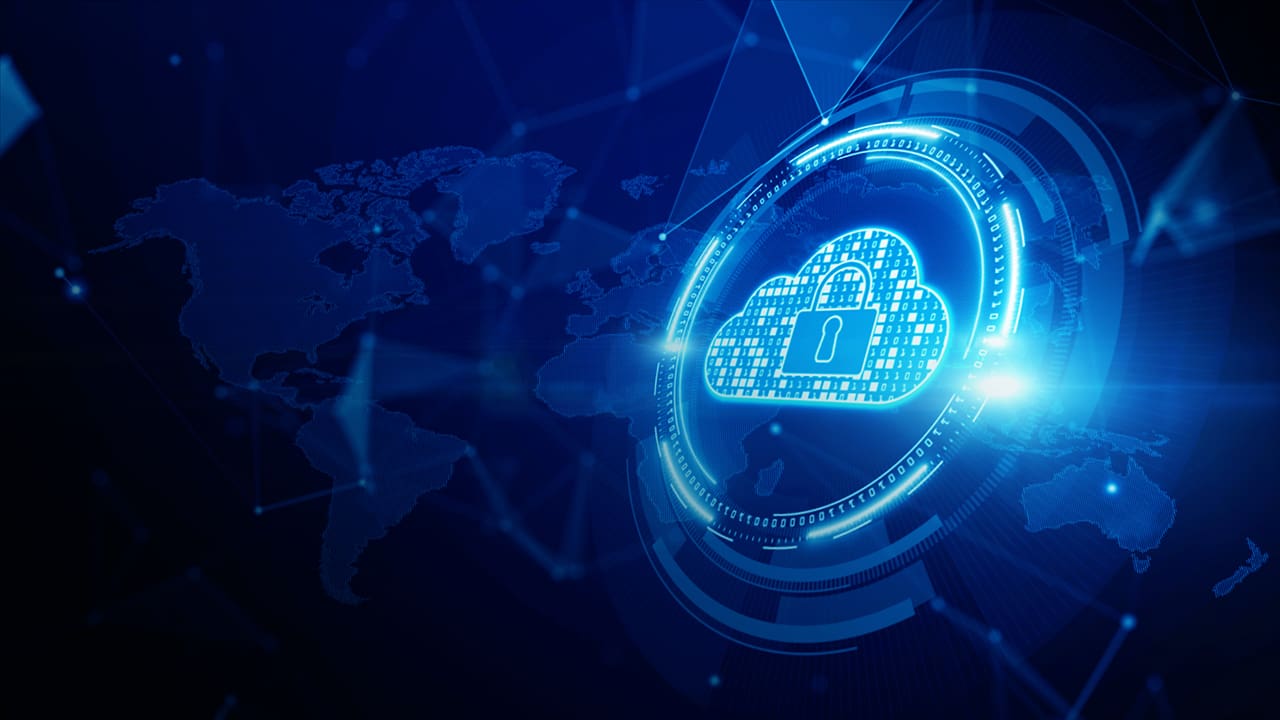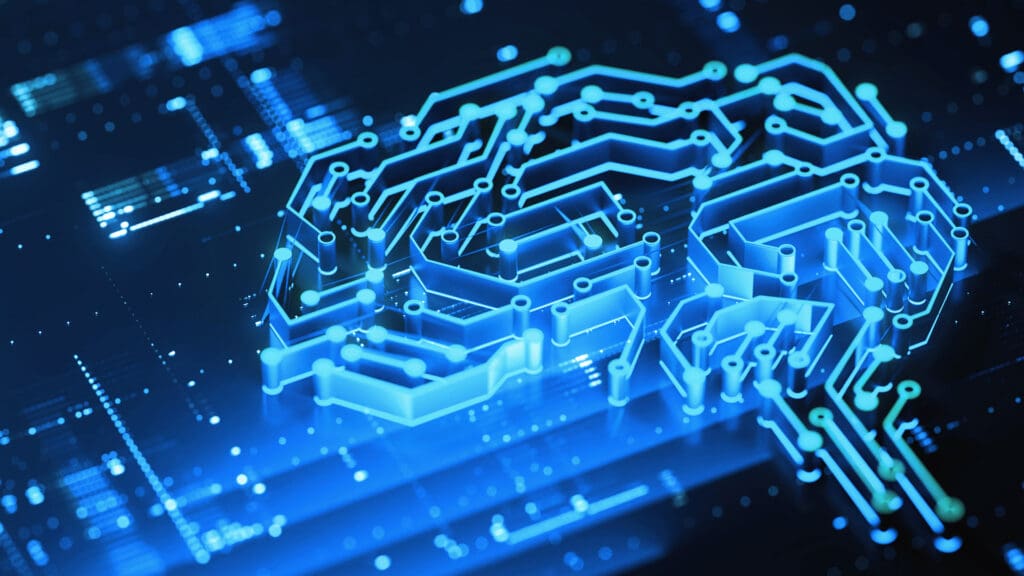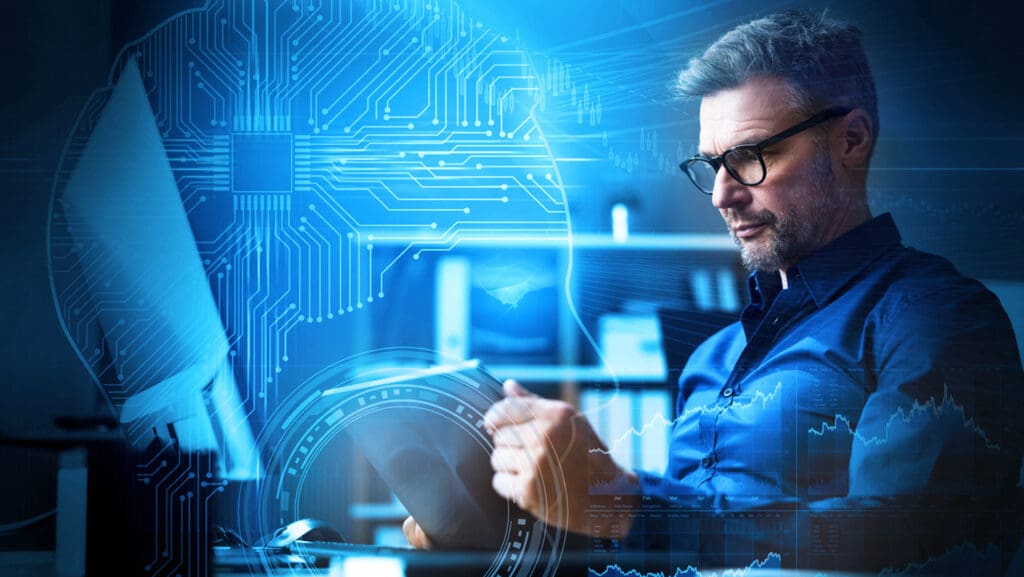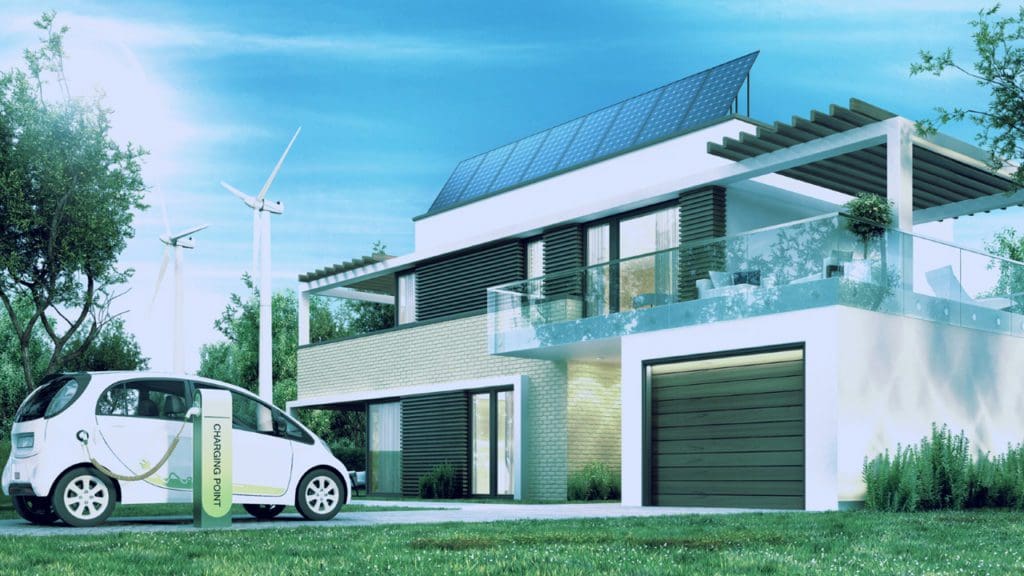When it comes to the computing and communications technologies that are foundational to a growing array of products and services, three trends are gathering momentum as we move into 2025 and beyond.
One is a growing focus on data governance. Data governance refers to the policies, procedures, and technologies needed to ensure that data is accurate, private, safely deployed and used, and secure.
Another trend is the mushrooming growth in edge computing capabilities, as smart sensors and other distributed Internet of Things (IoT) devices grow more capable of processing larger, more complex data sets locally for increased performance, greater energy efficiency, and lower cost.
A third trend is the increased use of automated systems, artificial intelligence (AI), and the metaverse in a wide array of applications.
Effective cybersecurity defenses are critical enablers for all of these trends as the number and scope of cyber threats worldwide continue to increase.
Data Governance is Increasingly Important
As AI and other digital technologies continue to evolve, and as the world becomes more interconnected and dependent upon them, the need to ensure that technology is used appropriately, that users have trust in those systems, and that they comply with evolving government regulations grows more urgent.
To build appropriate frameworks that incorporate the human values of Trust, Identity, Privacy, Protection, Security and Safety (TIPPSS) into the design of electronic systems, the IEEE Standards Association (IEEE SA) brings together multidisciplinary experts from around the world. They collaborate in standards development and related activities, with the goal of developing effective data governance strategies that incorporate TIPPSS principles.
For example, the many IEEE 7000™ Standards Working Groups have made significant strides in aligning the design of autonomous and intelligent systems (AIS) with ethical principles, in order to foster greater trust and market acceptance.
Also, IEEE’s CertifAIEd certification program helps users assess whether their AIS systems have in fact been built according to principles that support ethical and secure operation. It offers a holistic framework and specific guidelines that can be used to evaluate the trust and reliability of their emerging technologies at the system level.
Another example of IEEE SA’s work in data governance concerns the continuing rise in screen time among children and teenagers that began during the COVID-19 pandemic. This development underscores the need for data governance standards for younger users. IEEE SA is playing a pivotal role here, with standards such as IEEE 2089™ for Age-Appropriate Digital Services; IEEE 2089.1™-2024 for Online Age Verification; and IEEE 3527.1™ for Digital Intelligence (DQ).
Edge Computing
Although cloud computing has gained in popularity, the use of edge computing is growing as well. By managing increasingly large and complex data sets locally at the “edge” of a network instead of transmitting data back and forth to the cloud or to a server, latency is reduced, and decision-making is enhanced for applications requiring immediate insights, such as autonomous vehicles and smart cities.
But while the trend toward edge computing allows for more sustainable operations, particularly as the focus on energy efficiency grows, it is essential to strike a balance between cloud and edge solutions because the edge cannot entirely replace the cloud. Thus, it is necessary to make strategic decisions on what data to process locally and what to send across the network.
This hybrid approach ensures that organizations can leverage the strengths of both environments to optimize performance, cost, and security. In 2025, we believe the trend toward edge computing will be characterized by more nuanced and efficient approaches to data management and processing.
Automation, AI, and the Metaverse
The metaverse has captured significant attention over the past few years for its promised ability to provide highly immersive and interactive experiences. At the same time, automation and AI have revolutionized various sectors by enhancing efficiency and productivity. In 2025, efforts to integrate AI into existing systems to optimize operations will continue to grow.
The metaverse now stands at a pivotal juncture. On one hand, enthusiasm for the metaverse itself has waned, giving way instead to a host of virtual and augmented reality (VR/AR) applications. For example, AR integration is gaining traction across various automation sectors; one is automobile manufacturing, where entire training modules are now conducted via AR.
On the other hand, the metaverse does remain significant in the gaming industry, particularly with regard to digital avatars that mimic human interactions, and AI is poised to drive gaming’s next phase of growth. Indeed, the interplay between AI and the metaverse will be transformative, because it opens up new avenues for innovation and engagement. Generative AI, in particular, is a game-changer, enabling the rapid creation of virtual worlds, objects, and dynamic character-driven experiences, especially in gaming.
But AI will not only drive the development and growth of the metaverse, it will benefit from it as well. That’s because the metaverse provides a rich, diverse environment that enables AI to develop and refine its capabilities, from simulating autonomous driving to creating intricate virtual economies.
To support the continued growth of metaverse technology, IEEE SA is developing standards such as the IEEE P3141™ and the IEEE 3079™ series, which aim to define digital avatars for immersive metaverse interactions and other types of virtual experiences.
Cybersecurity is Critical to These Trends
As these trends continue to evolve, new challenges will arise. The most significant overall challenge we see is the need for better cybersecurity systems and practices, given the growing online interconnections among people, and among connected devices and machinery in industrial and other environments.
Several factors are driving heightened concern about cybersecurity. One is the cyber-resilience of worldwide supply chains. For example, an operator of automated critical infrastructure may have robust security systems in place, but the third parties it depends upon either directly or indirectly may not.
Another factor is that on the human level, many people remain unaware of what needs to be done to truly safeguard data, identity, and other private information, or they are unwilling to do it. Thus, in the case of accidental privacy breaches, human error is often the culprit, and for malicious breaches, deliberate social engineering to influence behavior is often the tactic employed.
Therefore, effective cybersecurity approaches must increasingly take human behaviors into account in system design going forward.
IEEE SA Brings a Major Focus to Cybersecurity
IEEE SA offers a growing constellation of initiatives, programs and standards development activities that address key cybersecurity issues.
At the device and machine level, the IEEE Industrial IoT & Smart Manufacturing Workstream is a multi-faceted effort focused on effective ways to harden systems used in diverse industries against cyber accidents and threats. Also, P1912™, Standard for Privacy and Security Framework for Consumer Wireless Devices, relates to the privacy and security of personal information on networked devices.
At the systems level, the IEEE SA Meta Issues in Cybersecurity Industry Connection program brings different constituencies together to look at cyber issues from a top-down vs. bottom-up approach, both within specific vertical domains and foundationally across the overall technology landscape.
There are many IEEE SA standards addressing cybersecurity for specific vertical markets. For example, because electrical infrastructure is critical, IEEE 1686™-2022, IEEE Standard for Intelligent Electronic Devices Cybersecurity Capabilities, describes the cybersecurity-related requirements for intelligent electronic devices used within electrical substations as part of the move toward greater substation automation.
IEEE P2658™, Guide for Cybersecurity Testing in Electric Power Systems, meanwhile, is a testing and verification guide under development for the cybersecurity controls used in electric power systems, while IEEE P2808™, Standard for Function Designations used in Electrical Power Systems for Cyber Services and Cybersecurity is a draft standard that will provide a common language and syntax for specifying, designing, procuring, and documenting cybersecurity controls and measures in electric power systems.
There are many other existing and draft IEEE SA standards supporting different vertical markets, such as medical devices. One example is IEEE P2621™, Standard for Wireless Diabetes Device Security Assurance, a set of standards under development that will address different cybersecurity aspects of wirelessly connected diabetes devices.
Education and training is another vital component of effective cybersecurity, and the IEEE Blended Learning Program is targeted at students, to bridge the gap between academia and industry. Within it is the IEEE Cybersecurity: School Hygiene Program to help address the needs of this vulnerable population.
Get Engaged with IEEE SA
The role of organizations like IEEE SA in shaping these trends and setting standards is crucial in ensuring a responsible and ethical digital future.
The IEEE SA Foundational Technologies Practice brings together experts from around the world to address critical TIPPSS issues through both foundational-level and domain-specific standards and solutions. We empower the global community to participate in core activities aimed at addressing challenges and positively impacting foundational technology for the benefit of humanity.
Learn More About IEEE SA’s Work in Foundational Technologies and and Join our Efforts









